What do we mean by ‘stress’ and how does it relate to ‘anxiety’?
Are they the same thing? Actually, no they’re not, but they are related. There have been a number of approaches to understanding stress over the years, but it is Richard Lazarus’ transactional model [1, 2] that is the most widely accepted. It involves three key elements:
• a stressor,
• appraisal (primary and secondary), and
• response (problem-based or emotion-based).
Stress is experienced when the demands of a situation tax or exceed a person’s resources and some type of harm or loss is anticipated [1, 2, 3]. The model is transactional in that it involves a transaction or relationship between the person and their environment, mediated by their appraisal of the threat or benefit (the stressor). There is a strong similarity here with Albert Ellis’s original ABC model [4] that underpins all forms of cognitive behavioural therapy - Activating event, Belief, Consequences - reflecting the strong cognitive basis of the model. In other words, it is not the event itself (A) that is the cause of the problem (C) but the way it is interpreted (B).
In Lazarus’ model, a stressor triggers an appraisal by the person of whether the stressor represents a benefit (positive), a threat (negative) or a challenge – a preliminary appraisal. A secondary appraisal of their ability to cope occurs simultaneously, based on their resources or skills available to them. This gives rise to a) a problem-based solution/response or b) an emotion-based solution/response depending on the extent to which conditions can be changed. So, different people will appraise the stressor differently because of their capacity to cope, which will be influenced by other factors, experiences, core beliefs etc. For example, taking exams/assessments at university is a potential stressor shared by all students, but the extent to which an individual experiences stress will depend on their appraisal of the exam/assessment as a personal threat and their ability to cope (e.g. in the event of not doing well or not getting the grades they expect of themselves).
The model is particularly helpful in distinguishing between stress and anxiety – something that is often confused by many people: anxiety (a felt emotion) can be a disorder of its own, but in the case of stress it is an emotion-based response to stress, while stress is something (a process) that is experienced.
If the environmental conditions cannot be changed (as a student you don't have a choice not to take an exam/assessment) then all that is left is for you to bring about a change in the appraisal (the way you view exams/assessments) and/or a change in the nature of the response, e.g. shifting to a more problem-based response as an alternative to anxiety, or reduce anxiety through mindfulness (acceptance) and/or relaxation strategies.
Only by understanding how we interpret stressful triggers can we attempt to change how we respond to them.
Bill Sheate, 9 October 2016
References
- Lazarus, R.S. (1966), Psychological stress and the coping process. New York: McGraw-Hill.
- Lazarus, R.S. and Folkman, S. (1984), Stress, appraisal, and coping. New York: Springer.
- Lazarus, R. S. (1990), Theory-Based Stress Management, Psychological Inquiry, 1 (1): 3-13.
- Ellis, A. (1962) Reason & Emotion in Psychotherapy. New York: Lyle Stuart.

